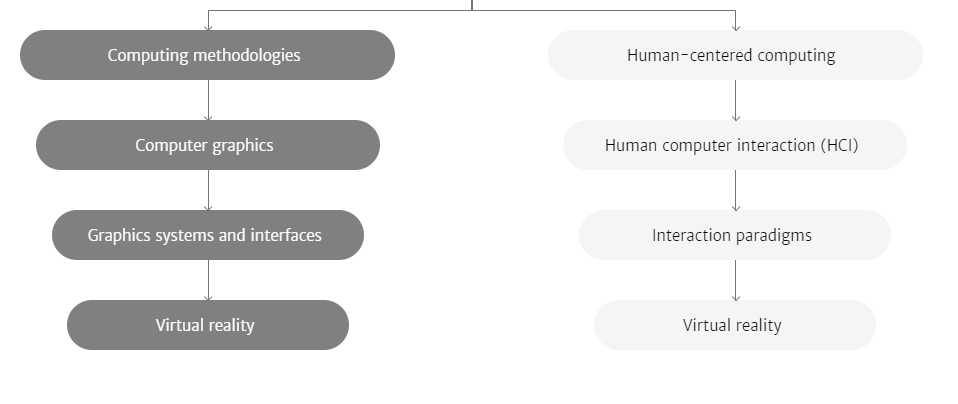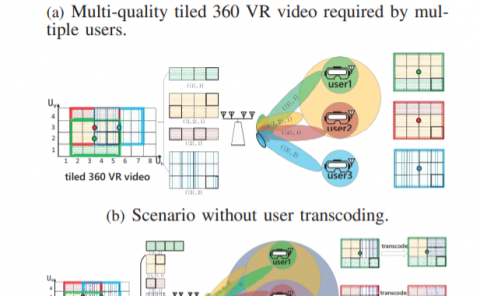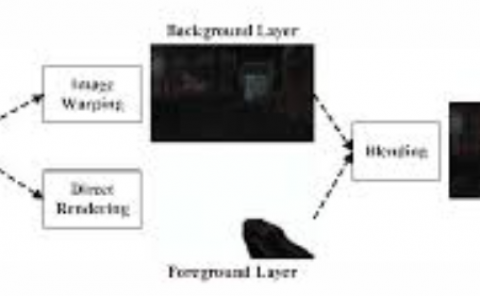The Effects of Full-Body Avatar Movement Predictions in Virtual Reality using Neural Networks
PubDate: November 2020
Teams: Frankfurt University of Applied Sciences;University of Regensburg
Writers: Valentin Schwind;David Halbhuber;Jakob Fehle;Jonathan Sasse;Andreas Pfaffelhuber;Christoph Tögel;Julian Dietz;Niels Henze
PDF: The Effects of Full-Body Avatar Movement Predictions in Virtual Reality using Neural Networks

Abstract
Motion tracking technologies and avatars in virtual reality (VR) showing the movements of the own body enable high levels of presence and a strong illusion of body ownership (IBO) – key features of immersive systems and gaming experiences in virtual environments. Previous work suggests using software-based algorithms that can not only compensate system latency but also predict future movements of the user to increase input performance. However, the effects of movement prediction in VR on input performance are largely unknown. In this paper, we investigate neural network-based predictions of full-body avatar movements in two scenarios: In the first study, we used a standardized 2D Fitts’ Law task to examine the information throughput in VR. In the second study, we utilized a full-body VR game to determine the users’ performance. We found that both performance and subjective measures in a standardized 2D Fitts’ law task could not benefit from the predicted avatar movements. In an immersive gaming scenario, however, the perceived accuracy of the own body location improved. Presence and body assessments remained more stable and were higher than during the Fitts’ task. We conclude that machine-learning-based predictions could be used to compensate system-related latency but participants only subjectively benefit under certain conditions.



